Heating and heating of water using solar energy is quite possible in our low-spring country. We tell what heliosystems are and how to choose them for the cottage.
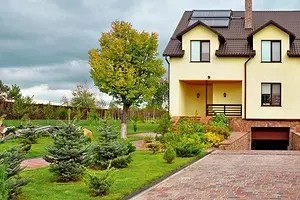
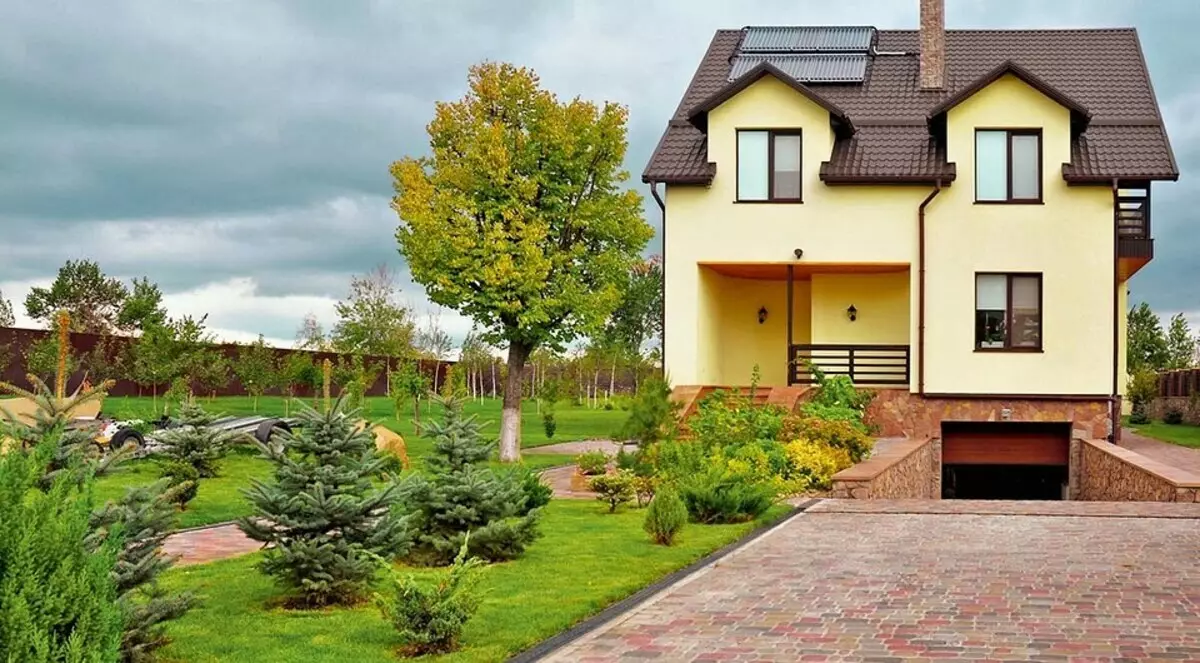
The idea of a solar collector is very simple - the sun's rays heat the liquid flowing through the tubes that are made of material well absorbing heat. In this way, it is possible to effectively get hot water for domestic dacha need. Especially successfully similar heliosystems work in the summer. At this time, the usual plastic black-colored plastic tank can cope with the role of hot water than many daches and enjoy building, for example, from such tanks improvised shower. But solar energy can be used and more efficiently.
How does the collector heliosystem arranged?
Modern collector heliosystem is arranged as follows. The sun rays are heated in the collector of the coolant liquid. This liquid circulates from the collector to the heat exchanger in the heating device - the boiler with water. Circulation is carried out using a pump. Also, the helose system includes a control unit (controller), which regulates the operation of the pump, which includes protection against overheating and performing some other tasks.
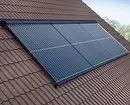
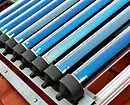
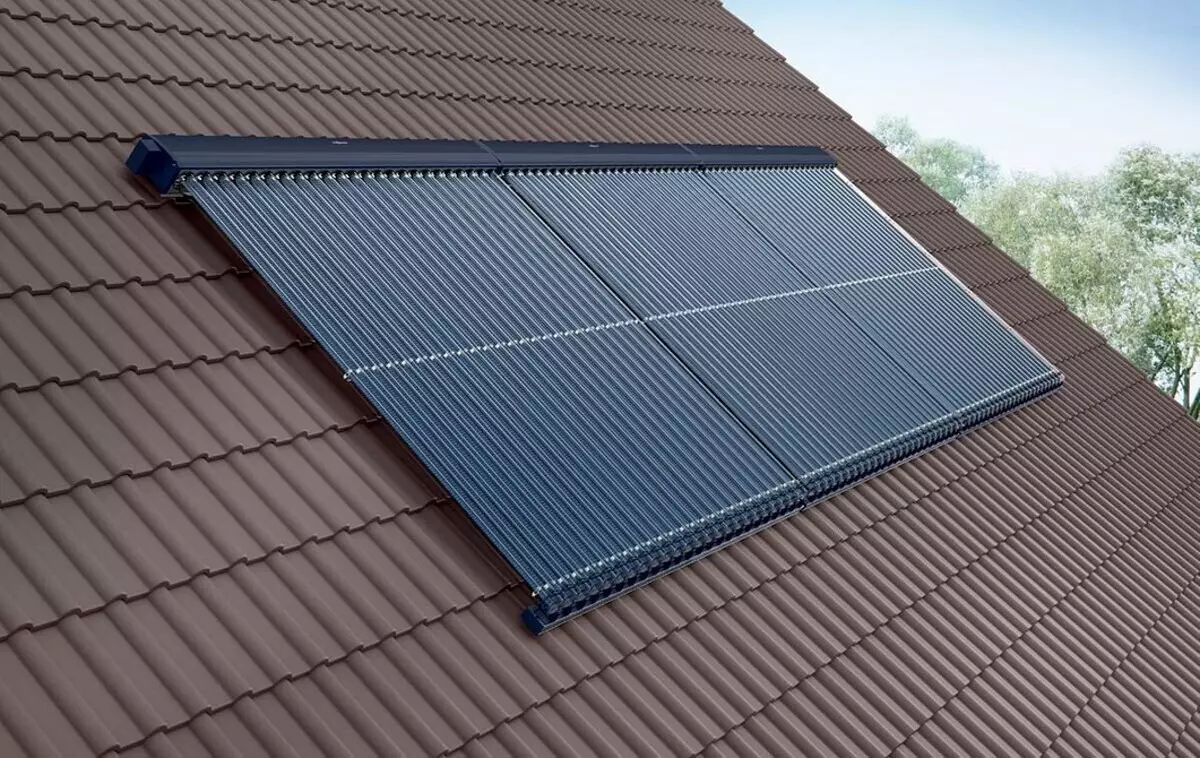
Solar collectors are successfully applied in countries with temperate climates.
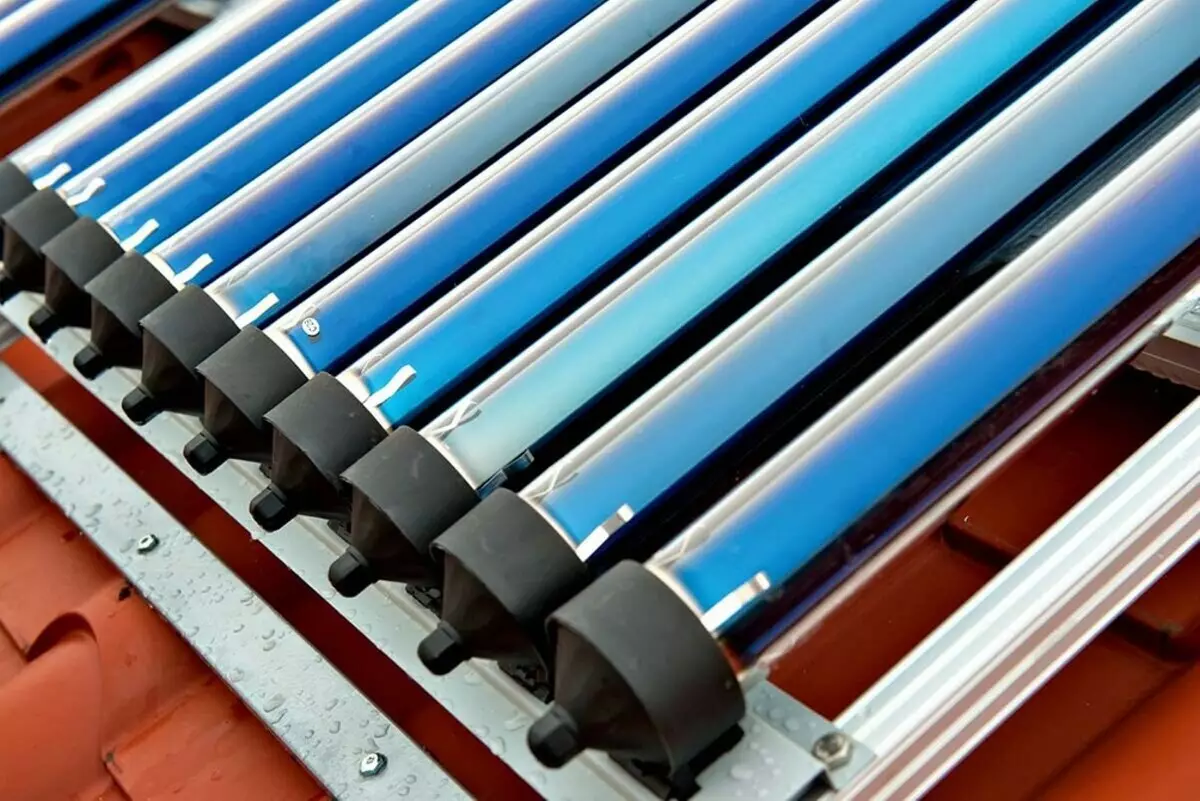
Types of Heliopanel Collectors
The most important node are collectors-heliopanels. They account for most of the cost of the system. There are several options for the device of heliopanels that can be reduced to two types. Each of these types has its advantages and disadvantages that determine their scope.Flat
In them, the tubes with the heat carrier fluid are placed under the absorber plate and are concluded in the common case. From above, the absorber plate is closed with a protective glass, a layer of thermal insulation is located below the tubes.
Flat collectors are 20-30% cheaper and less efficient, since the pipes with heat carrier are worse than thermal insulation (part of the heat goes into the atmosphere). Paradoxically, this disadvantage turns into dignity, for example, at snowfall.
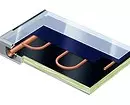
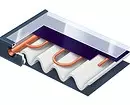
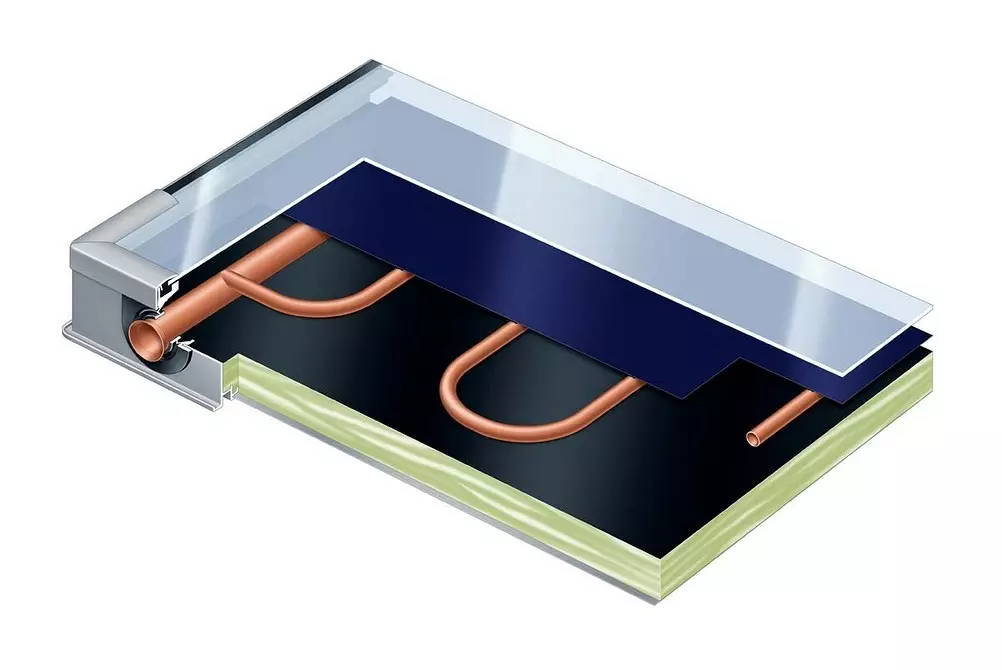
Flat solar collectors with highly efficient titanium coating Vitosol 100-F.
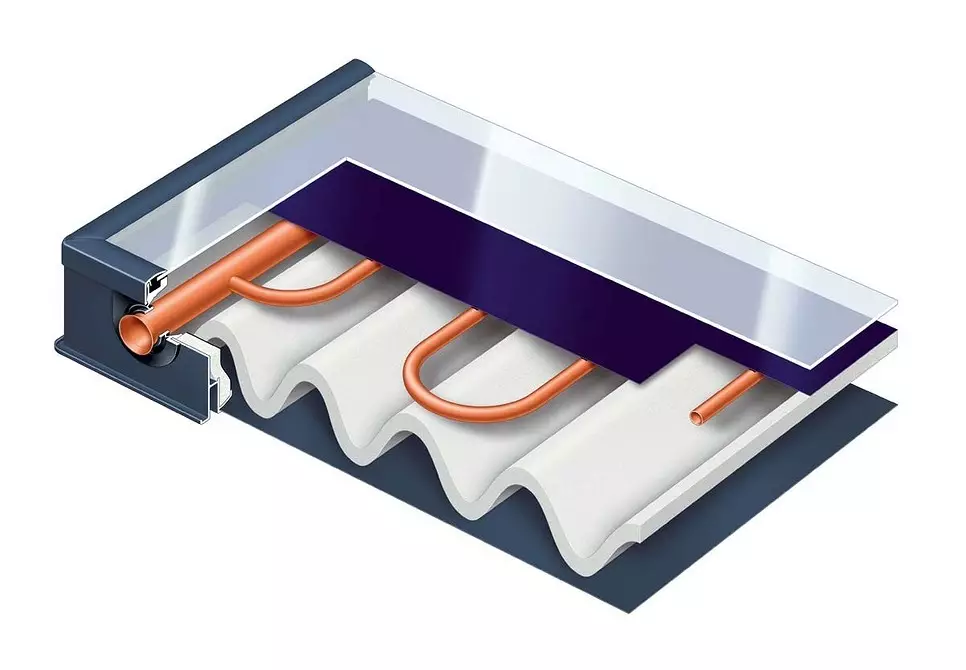
To integrate into roofing in the Vitosol 200-F series of collectors, a special model has been developed (SV2E / SH2E type), which provides a smooth transition between the two surfaces.
Tubular
In them, each tube with coolant is mounted in a separate cylindrical glass case with a reflective coating. The air from the housing is flounded, hence the name - "vacuum collectors".
Tubular collectors at the expense of the vacuum are practically not heated, and the snow does not melt. Worse tube transferred to hail, they are more fragile. In general, tubular collectors are good in the conditions of the perfect climate, where there is rarely hail and snowfalls are not happening. Tubular collectors provide an almost permanent flow of heat during the day, this is due to the fact that the sun's rays equally illuminate the surface of the glass cylinder, regardless of the location of the sun in the sky.
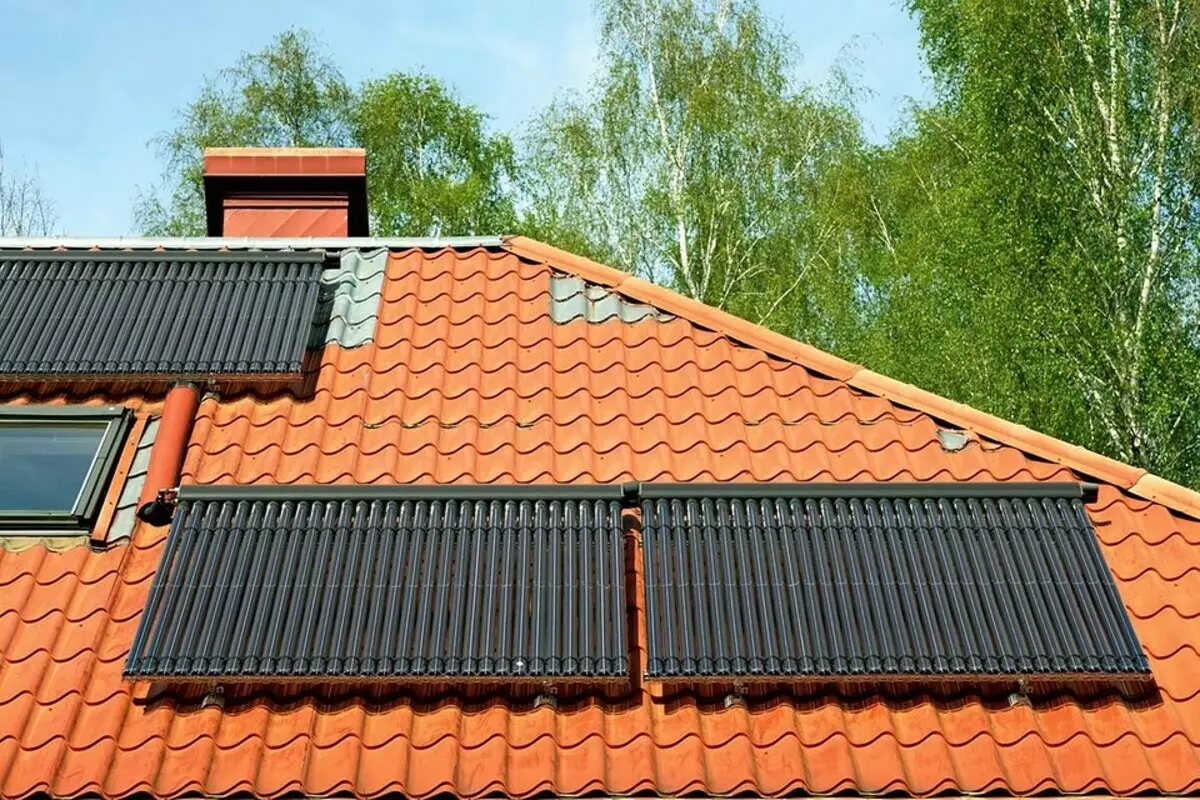
Heliosystem pipelines are paved in such a way that complete air removal is provided.
Comparison of the properties of flat and tubular collectors
| Property | Flat | Tubular |
|---|---|---|
| Work during the day | Efficiency changes strongly during the day depending on the angle of falling sunlight | Efficiency almost permanent during the day |
| Impact of snowfall | Snow on the panel melts himself due to partial heat leakage | Snow does not melt, it needs to be cleaned |
| Strest resistance | High | Average |
| Sailing | High (needed more durable base) | Average |
Criteria for selecting collector
When choosing a collector, pay attention to the quality of heliopanels, component systems and the life of the absorber (surface under the influence of sun rays).
The cost of the heliosystem depends on its performance, which is determined by the collector area, geographic latitude, the year of the year and a number of other characteristics. The cheapest - Chinese, German panels are more expensive, but also the service life of them is usually higher, and they can be recommended for responsible tasks, such as year-round hot water supply.
The accurate calculation of the system should make an experienced specialist. It can be easily considered, for example, that the system with a collector with a useful area of 3 m² in the middle strip conditions and in winter 2-3 hours can provide preparation of about 150 liters of hot water (with a temperature of about 50 ° C). Practice shows that for a small family (two or three people) there are enough heliosystems with a collector with an area of 2-4 m² and a boiler with a capacity of 200-300 liters. Such a system will cost approximately 100-300 thousand rubles. The cost of one module (approximately 2 m²) of the collector is from 20-25 thousand rubles. (Chinese manufacturers) up to 50-60 thousand rubles. (Ariston, Buderus, Viessmann and other European manufacturers); Another 40-60 thousand rubles. We will have to give for a boiler and 10-20 thousand rubles. Behind the controller, pump and materials required for installation.
In a small house, solar energy makes it possible to provide up to 60% of the energy required to obtain hot water.
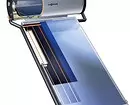
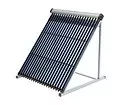
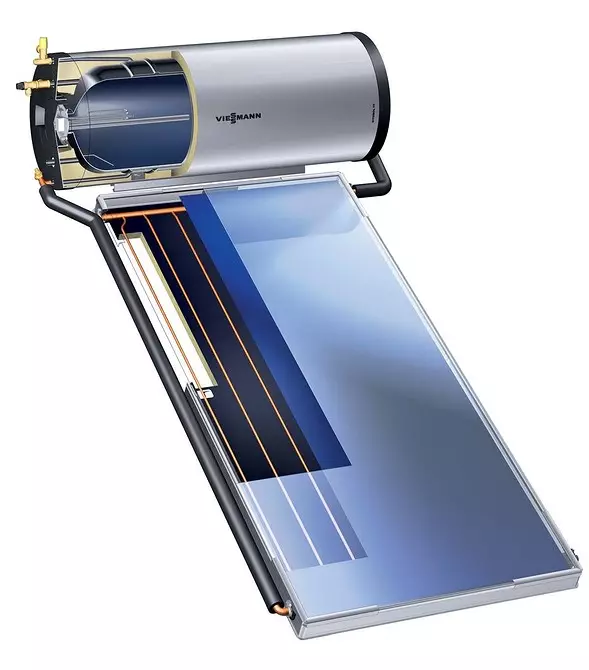
Thermosi-and-appendition HelioSystem Vitosol 111-F (Viessmann) to ensure hot water in the summer. The principle of the thermosymphon provides the ability to transmit heat using the natural convection of the coolant. Such a system does not require the use of the pump and any complex management system.
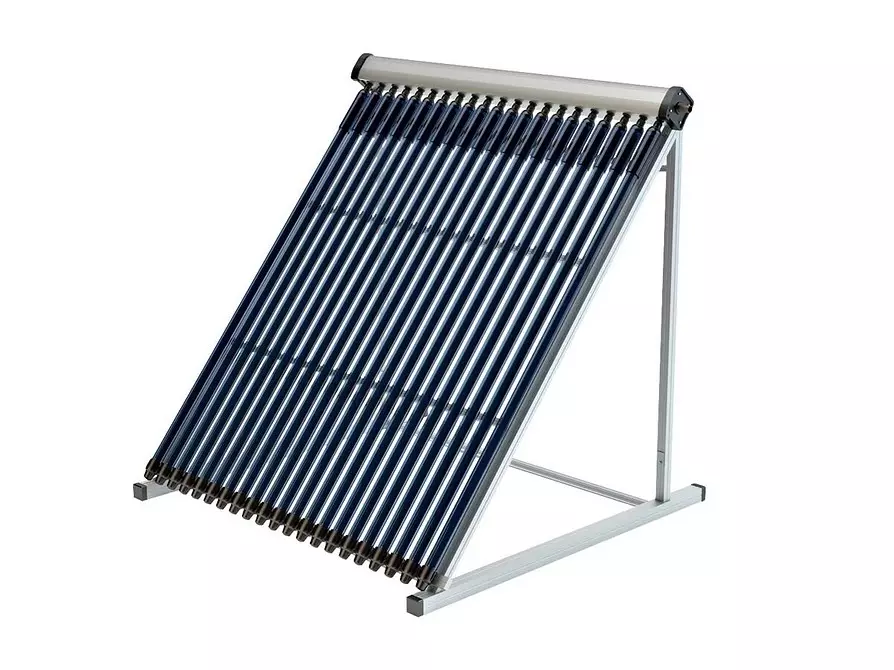
How to install a collector
Heliopole should be located on an outstanding side: to go out on the south or with the location of the West East. In the event that this location is not possible, the correction coefficient is made into calculations. It is also desirable that there are no high trees near him. The angle of inclination of collectors relative to the horizontal surface is selected according to geographic latitude and climatic conditions, the optimal angle - depending on the peak season. If, for example, design a helium for the preparation of hot water in the cottage on the coast of the Black Sea with seasonality May-September, this angle will be 20-25 °. But if there is a need to support heating with this heliosystem, the angle must be 40-45 °.
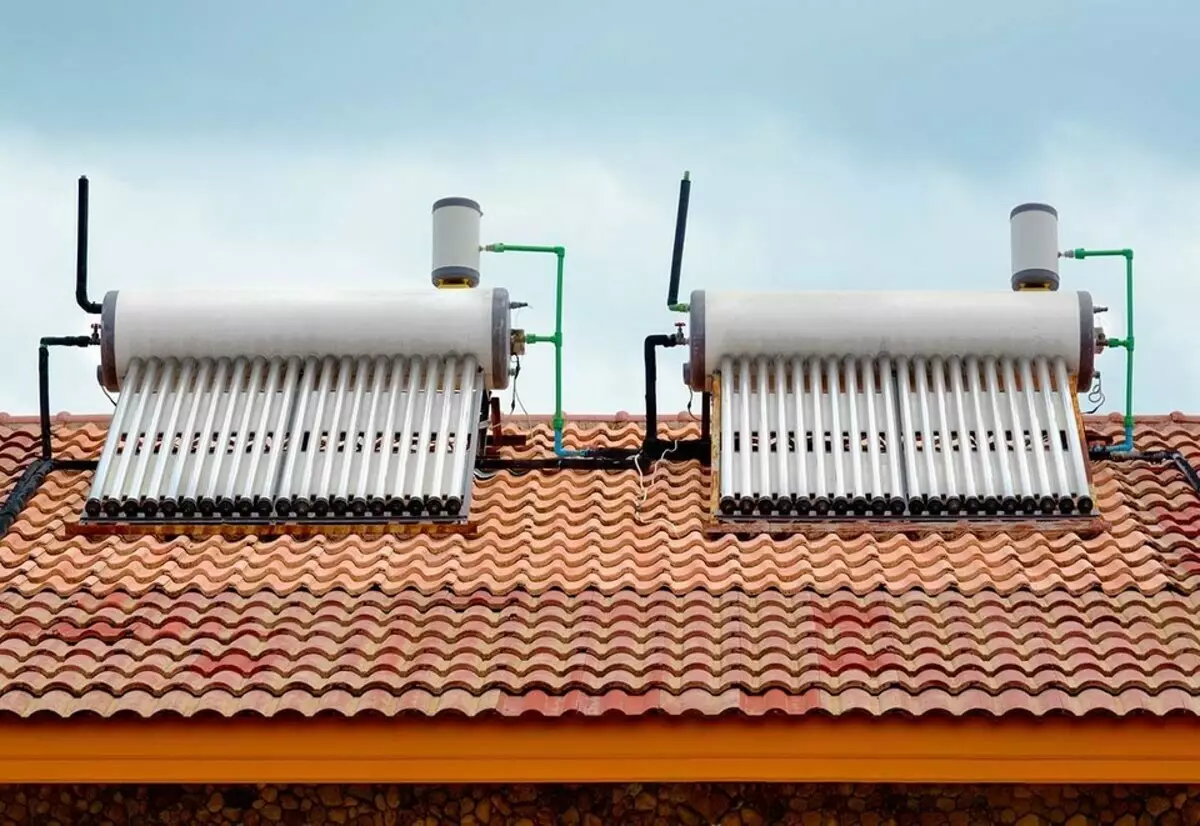
Heliosystems are placed on the roof in such a way as to maximize the energy of the sun for heating the liquid thermal carrier. For the northern hemisphere, it will be the southern side of the slope of the roof.
Solar collectors panel are placed in an inclined plane so that during the day they provided an angle of falling the rays of the sun, as close as possible to the straight. The optimal slope of the reservoir plane corresponds to the geographic latitude of the terrain and is, for example, for Moscow 57 °. The direction where the panel is watching, in the northern hemisphere should be southern. And of course, the solar collector should not be sunbathe from the Sun by other objects. It is not always able to withstand all the conditions, therefore, when assessing collectors, prefabricated or welded metal structures are widely used, which can be attached both on the roof and on separate stands.
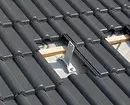
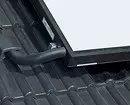
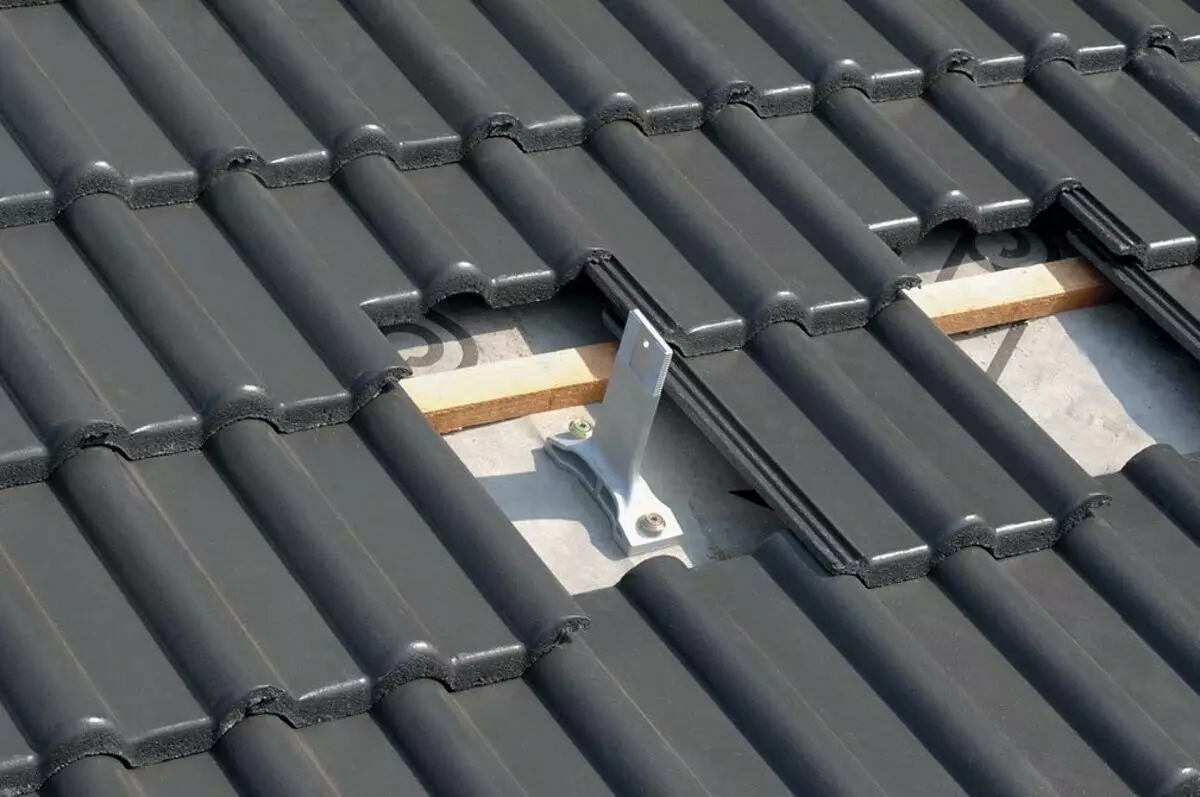
Stropile hooks can only be relying on rafters either to an intermediate doom and should not be based on the roof.
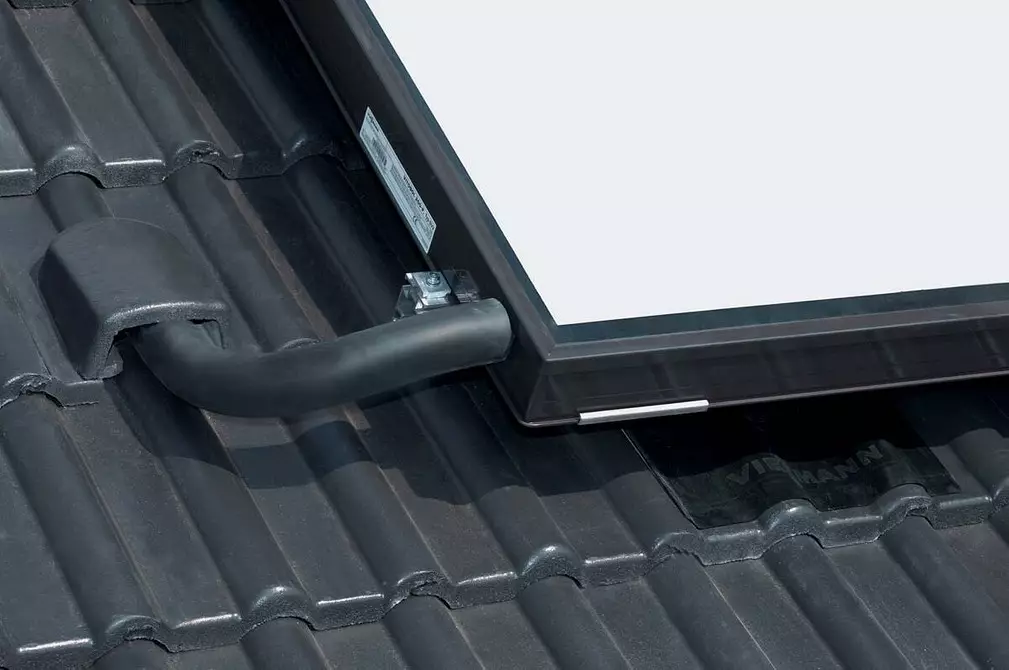
The connection of pipelines is performed using press fittings or soldering solid solder.
Choice of boiler for helium
For heliosystems, special boilers with a built-in heat exchanger are used, do not confuse them with the familiar accumulative water heaters. Since the production of hot water of the helium system is uneven depending on the time of day, these boilers are chosen with a reserve for the capacity to accumulate heat with them. Therefore, it is often used by the capacity of 300 liters and more. Similar bivalent tanks-water heaters are in the Assortment Ariston, Buderus, Viessmann and other manufacturers. In addition to the heliothermic preparation of hot water, these boilers usually provide for additional heating from the heating boiler.
Do not forget that if the heat is not allotted to heat the water in a boiler, then it is necessary to provide a way to somehow reset the excess heat.

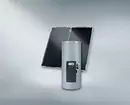
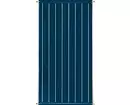
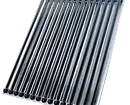
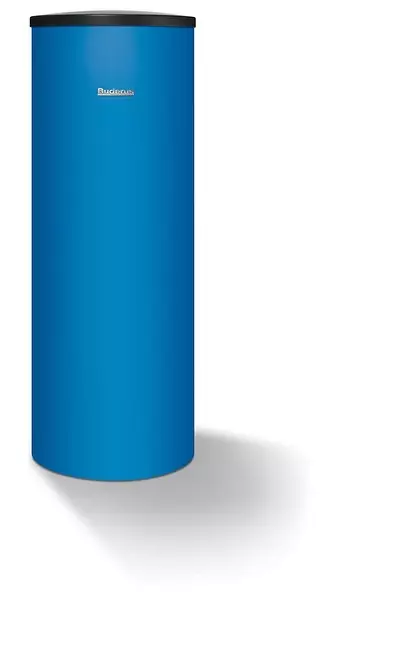
Bivalent Buck Water Heater Logalux SM200 (Buderus), 200 l
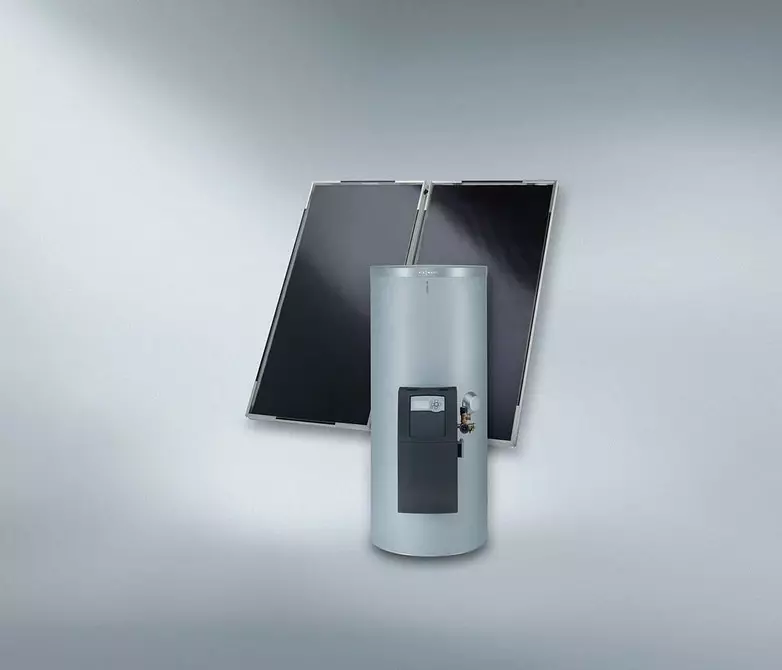
Bivalent Capacitive Water Heater Vitocell 100-B / -W (Viessmann), 250 l
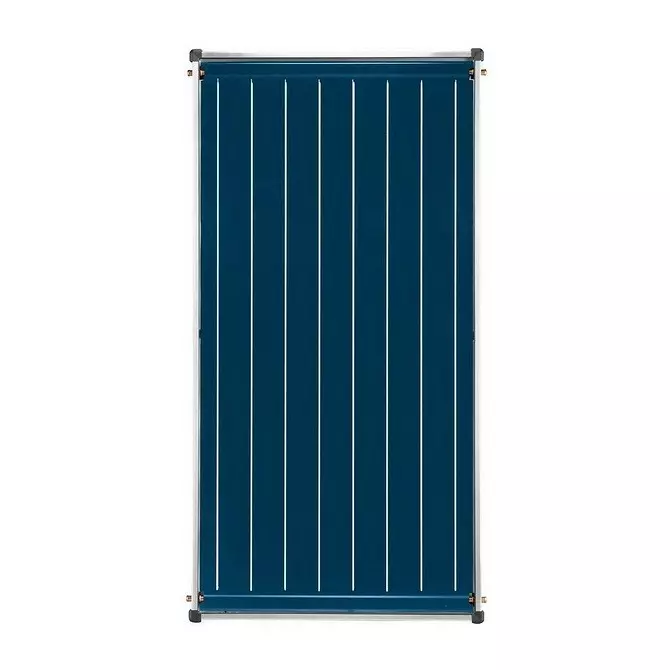
Flat collector Logasol CKN 2.0 (Buderus) with aluminum frame and durable coating
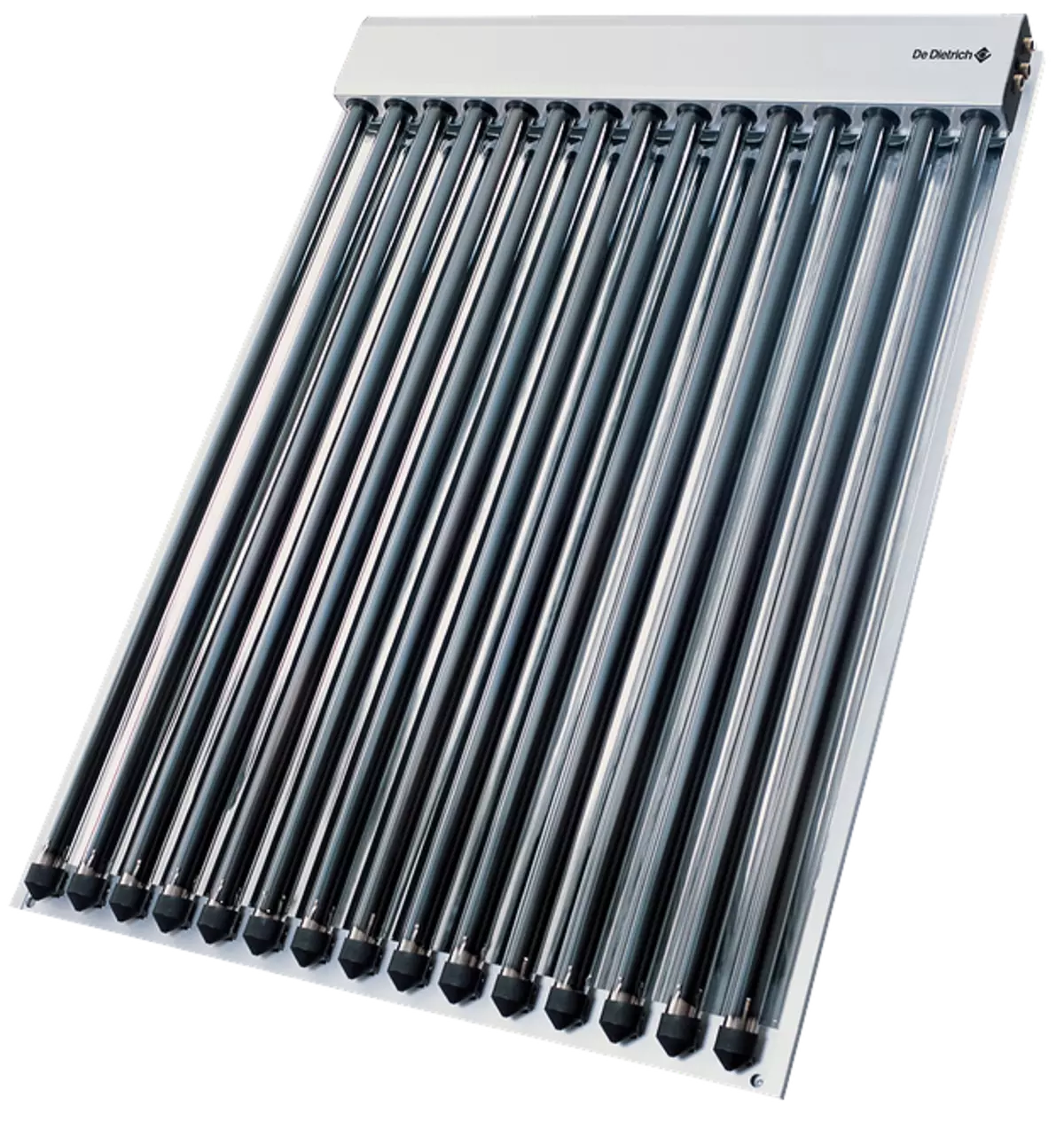
DEETRIC tubular collector
How to avoid overheating
A collector overheating is becoming a serious problem with irregular use of heliosystems. You can fight overheating in several ways. The easiest option is to use water as a coolant. When boiling water steam is reset through a special valve, and then the lack of water gets from the water supply system. This way is bad because the water freezes, so it can only be used where frosts are rarely (the system in this case is complemented by freezing protection with the coercive heating of the coolant).
Another option is to drain the coolant and filling the reservoir by air when the pump is disconnected (Drain Back system) - requires a competent calculation of the system, bias and volumes of pipes. There is also the ability to adjust the temperature of the coolant by changing the controller of the system operation modes. For example, the controller launches the pump at night, which pumps the heated coolant through a flat collector; The system works as it were in reverse order. This method is good in the presence of a flat collector (tubular are not suitable) and a spacious boiler. Another interesting development was offered by Viessmann. Its collectors use material with a variable reflective ability. With increasing temperature (let's say, above 90 ° C), the absorbency of the material decreases several times, and the coolant ceases to heat up.
About the malfunction of the Heliosystems in some cases can be guessing in the appearance of the collector. Thus, the appearance of Inea on the tubular collector indicates a violation of the tightness of the glass cylinder. It does not have thermal insulation, and this sector of the collector produces very little heat.
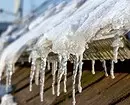

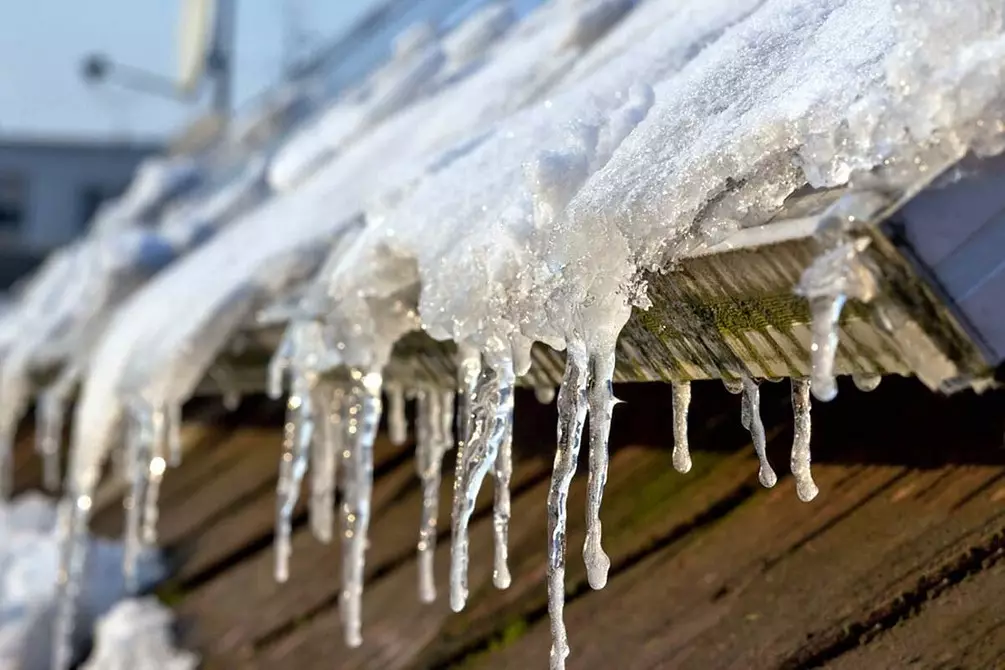
The formation of land and the Inea may indicate a malfunction of the Heliosystem.

With a large accumulation of birds, you may need to protect the helium system from their too frequent visits; For this, it is suitable, for example, anti-playing spikes placed on the upper edge.

Alexander Shkurkin, Engineer of Service Support Sales Company "Boschin"
According to the most modest data, the average annual insolation in Russia is 6-3 kW g per day per 1 m², and this is 120-60 liters of water with a temperature of 55-60 ° C! The main reason that restrain the mass facility of helixing is the high specific value, due to which their payback period is up to 15 years. When choosing a collector, it is worth paying attention to the quality of heliopanels, component systems and the life of the absorber. Do not forget about the right choice of an assembly organization. Not all installers know the specifics of the installation and commissioning of heliosystems.
